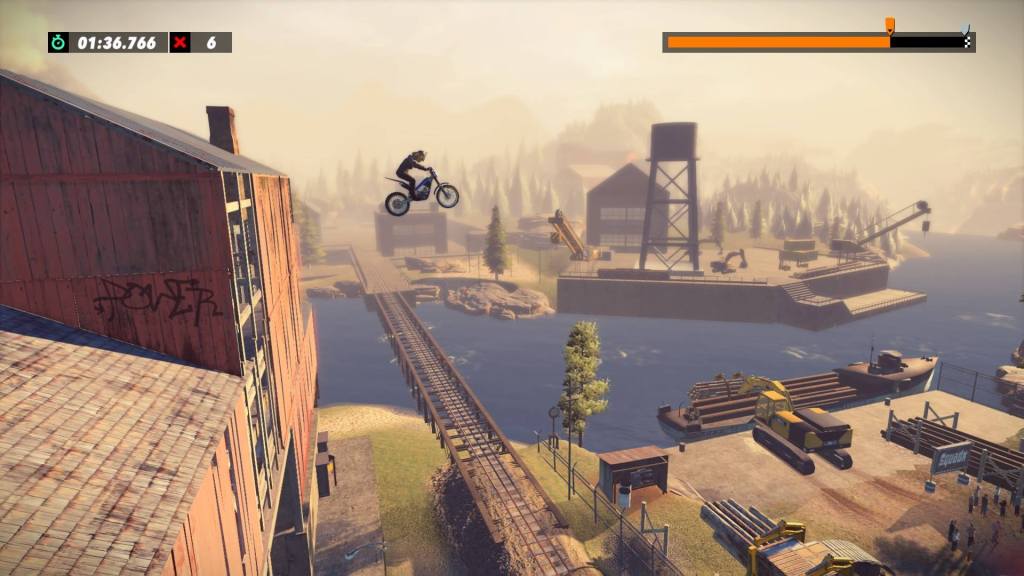There are moments in Trials Rising when your stomach rises up into your chest, you can feel the pull of gravity through your TV screen, and the bike hangs in the air for the briefest of seconds like a roller coaster at the peak of the tracks before plummeting back to earth. The Trials series has always excelled at these pulse-pounding moments. Despite the…






